Leszek Rutkowski
Sequential, Parallel and Consecutive Hybrid Evolutionary-Swarm Optimization Metaheuristics
Aug 01, 2025Abstract:The goal of this paper is twofold. First, it explores hybrid evolutionary-swarm metaheuristics that combine the features of PSO and GA in a sequential, parallel and consecutive manner in comparison with their standard basic form: Genetic Algorithm and Particle Swarm Optimization. The algorithms were tested on a set of benchmark functions, including Ackley, Griewank, Levy, Michalewicz, Rastrigin, Schwefel, and Shifted Rotated Weierstrass, across multiple dimensions. The experimental results demonstrate that the hybrid approaches achieve superior convergence and consistency, especially in higher-dimensional search spaces. The second goal of this paper is to introduce a novel consecutive hybrid PSO-GA evolutionary algorithm that ensures continuity between PSO and GA steps through explicit information transfer mechanisms, specifically by modifying GA's variation operators to inherit velocity and personal best information.
* 16 pages, 2 figures, 5 tables, 5 algorithms, conference
Global Nash Equilibrium in Non-convex Multi-player Game: Theory and Algorithms
Jan 19, 2023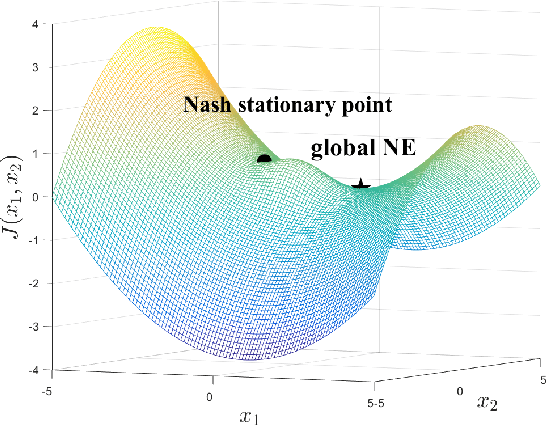
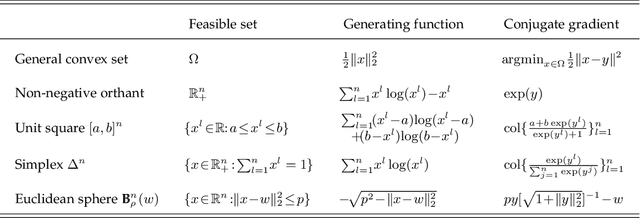
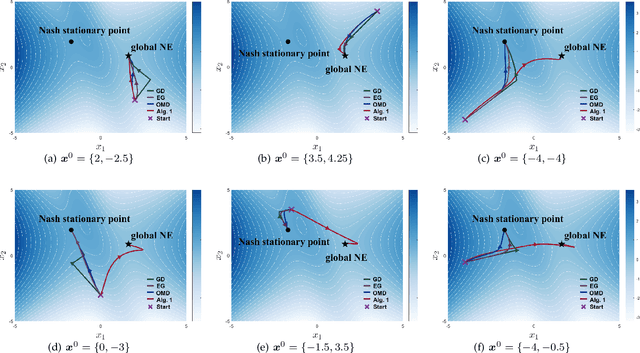

Abstract:Wide machine learning tasks can be formulated as non-convex multi-player games, where Nash equilibrium (NE) is an acceptable solution to all players, since no one can benefit from changing its strategy unilaterally. Attributed to the non-convexity, obtaining the existence condition of global NE is challenging, let alone designing theoretically guaranteed realization algorithms. This paper takes conjugate transformation to the formulation of non-convex multi-player games, and casts the complementary problem into a variational inequality (VI) problem with a continuous pseudo-gradient mapping. We then prove the existence condition of global NE: the solution to the VI problem satisfies a duality relation. Based on this VI formulation, we design a conjugate-based ordinary differential equation (ODE) to approach global NE, which is proved to have an exponential convergence rate. To make the dynamics more implementable, we further derive a discretized algorithm. We apply our algorithm to two typical scenarios: multi-player generalized monotone game and multi-player potential game. In the two settings, we prove that the step-size setting is required to be $\mathcal{O}(1/k)$ and $\mathcal{O}(1/\sqrt k)$ to yield the convergence rates of $\mathcal{O}(1/ k)$ and $\mathcal{O}(1/\sqrt k)$, respectively. Extensive experiments in robust neural network training and sensor localization are in full agreement with our theory.
Applying Autonomous Hybrid Agent-based Computing to Difficult Optimization Problems
Oct 24, 2022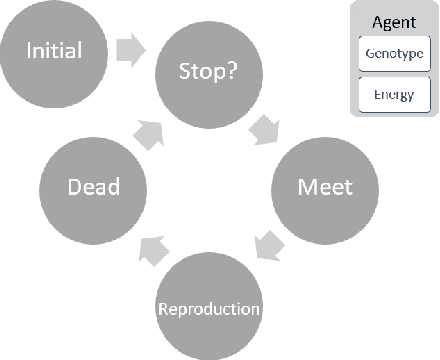
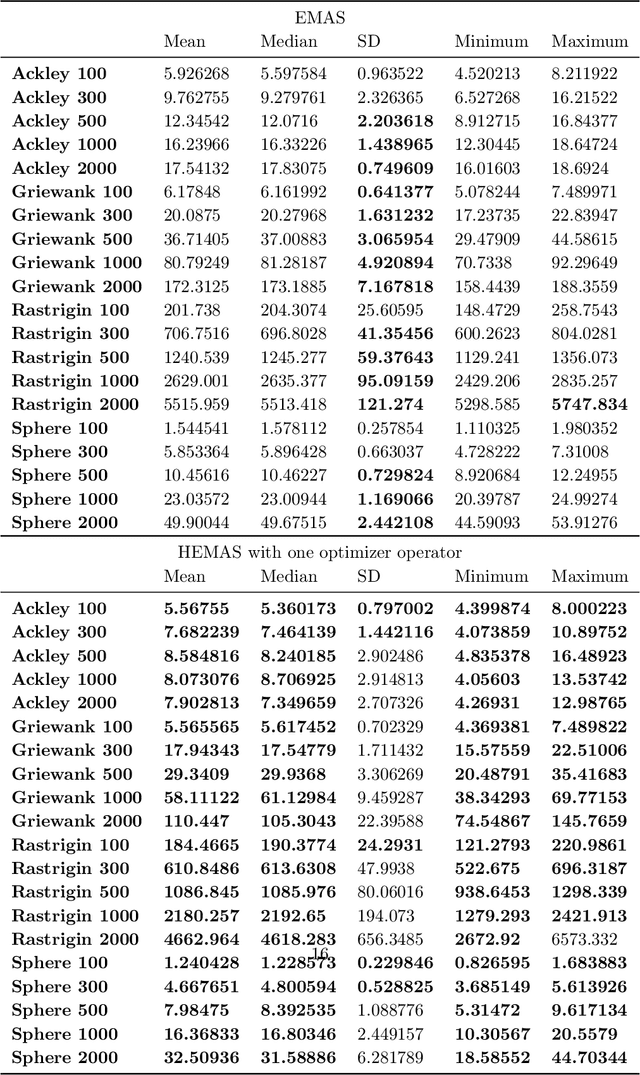
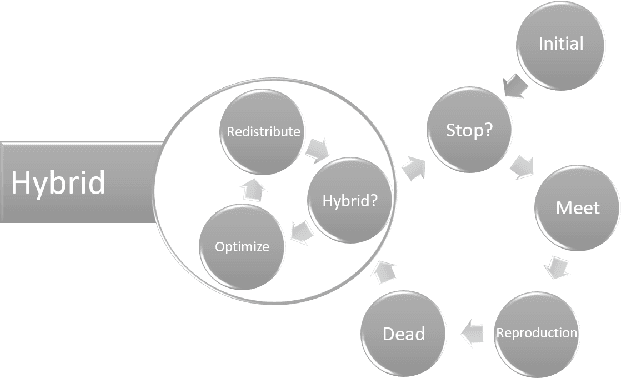
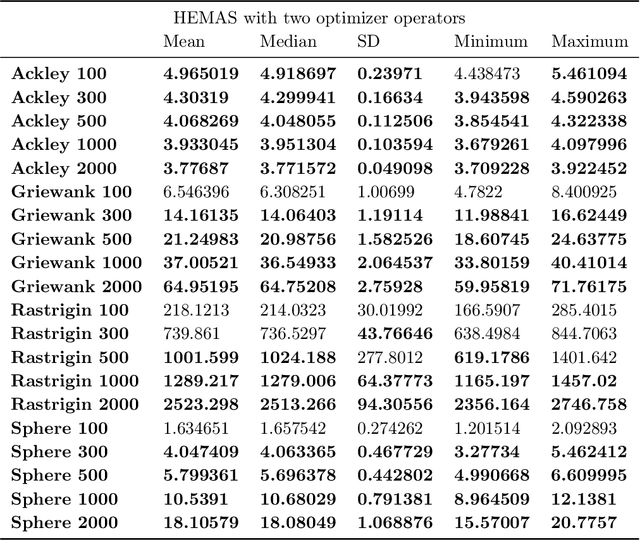
Abstract:Evolutionary multi-agent systems (EMASs) are very good at dealing with difficult, multi-dimensional problems, their efficacy was proven theoretically based on analysis of the relevant Markov-Chain based model. Now the research continues on introducing autonomous hybridization into EMAS. This paper focuses on a proposed hybrid version of the EMAS, and covers selection and introduction of a number of hybrid operators and defining rules for starting the hybrid steps of the main algorithm. Those hybrid steps leverage existing, well-known and proven to be efficient metaheuristics, and integrate their results into the main algorithm. The discussed modifications are evaluated based on a number of difficult continuous-optimization benchmarks.
Spatial-Temporal-Fusion BNN: Variational Bayesian Feature Layer
Dec 12, 2021
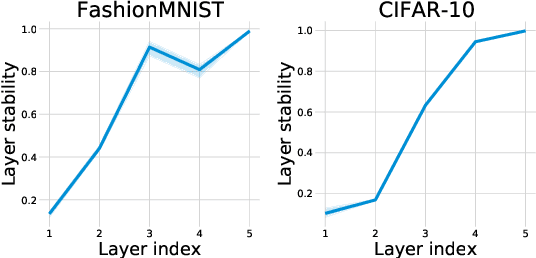
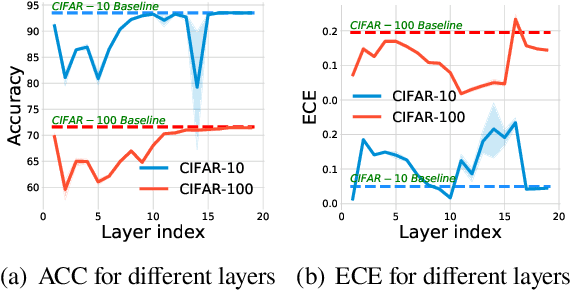

Abstract:Bayesian neural networks (BNNs) have become a principal approach to alleviate overconfident predictions in deep learning, but they often suffer from scaling issues due to a large number of distribution parameters. In this paper, we discover that the first layer of a deep network possesses multiple disparate optima when solely retrained. This indicates a large posterior variance when the first layer is altered by a Bayesian layer, which motivates us to design a spatial-temporal-fusion BNN (STF-BNN) for efficiently scaling BNNs to large models: (1) first normally train a neural network from scratch to realize fast training; and (2) the first layer is converted to Bayesian and inferred by employing stochastic variational inference, while other layers are fixed. Compared to vanilla BNNs, our approach can greatly reduce the training time and the number of parameters, which contributes to scale BNNs efficiently. We further provide theoretical guarantees on the generalizability and the capability of mitigating overconfidence of STF-BNN. Comprehensive experiments demonstrate that STF-BNN (1) achieves the state-of-the-art performance on prediction and uncertainty quantification; (2) significantly improves adversarial robustness and privacy preservation; and (3) considerably reduces training time and memory costs.
A new approach to descriptors generation for image retrieval by analyzing activations of deep neural network layers
Jul 13, 2020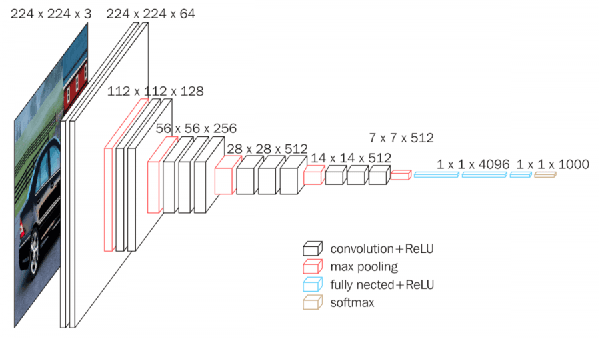
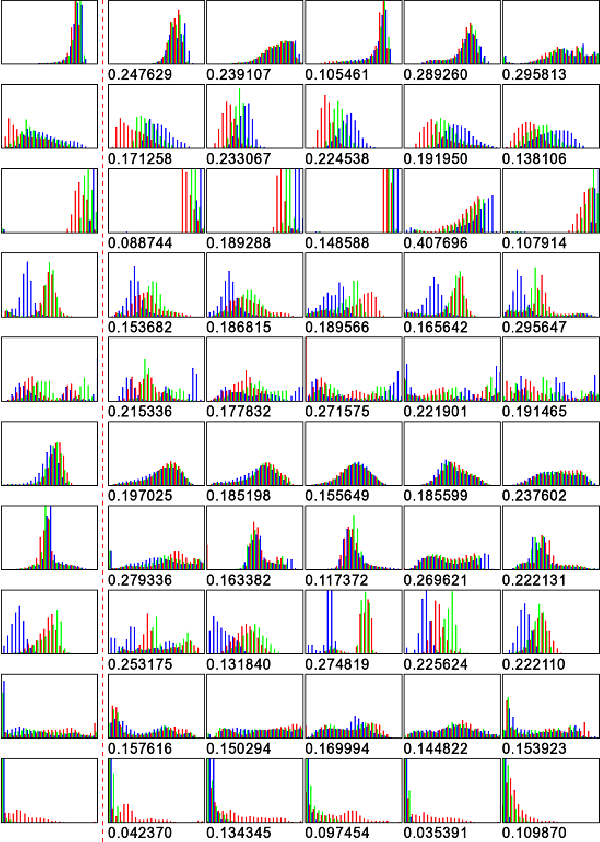
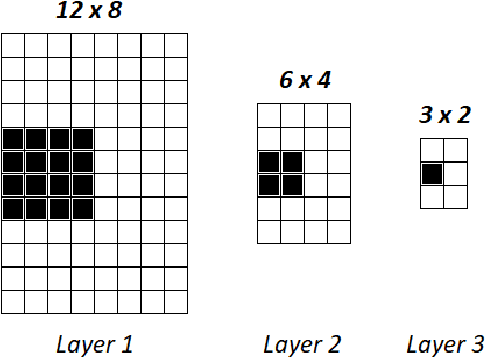
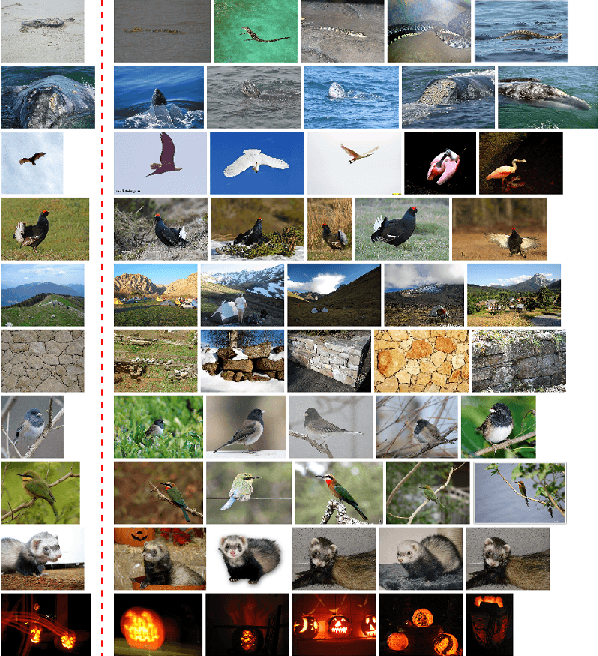
Abstract:In this paper, we consider the problem of descriptors construction for the task of content-based image retrieval using deep neural networks. The idea of neural codes, based on fully connected layers activations, is extended by incorporating the information contained in convolutional layers. It is known that the total number of neurons in the convolutional part of the network is large and the majority of them have little influence on the final classification decision. Therefore, in the paper we propose a novel algorithm that allows us to extract the most significant neuron activations and utilize this information to construct effective descriptors. The descriptors consisting of values taken from both the fully connected and convolutional layers perfectly represent the whole image content. The images retrieved using these descriptors match semantically very well to the query image, and also they are similar in other secondary image characteristics, like background, textures or color distribution. These features of the proposed descriptors are verified experimentally based on the IMAGENET1M dataset using the VGG16 neural network.
A new algorithm for identity verification based on the analysis of a handwritten dynamic signature
Oct 05, 2016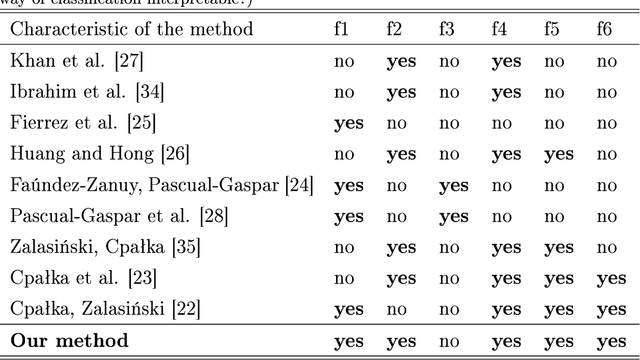
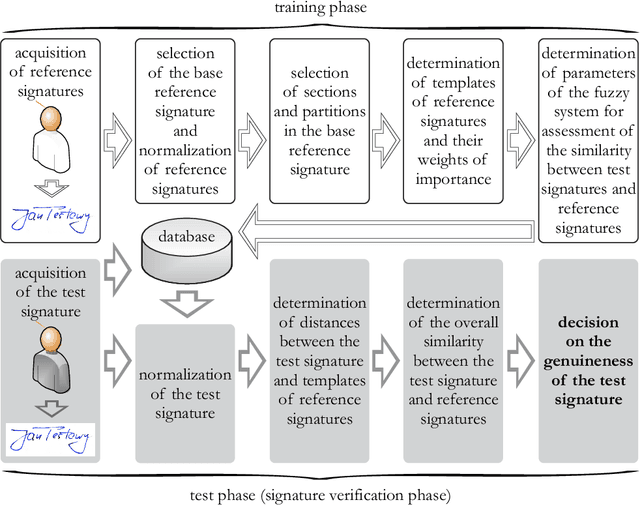
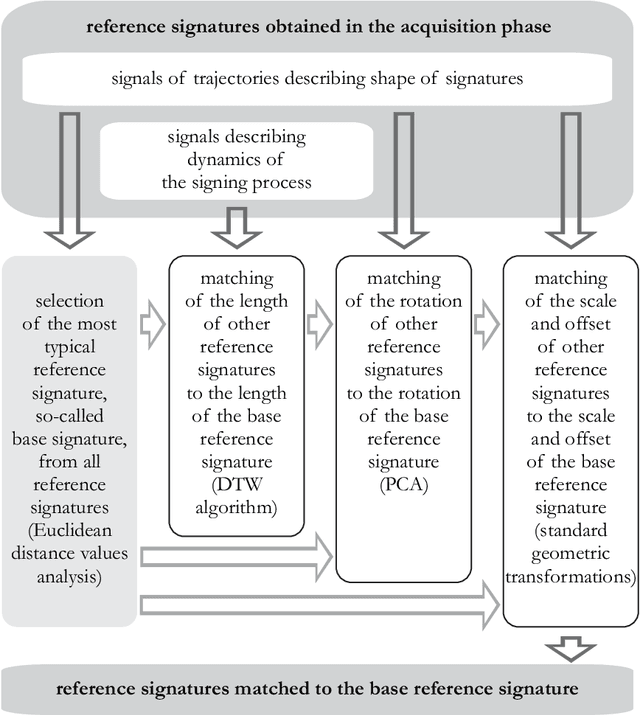

Abstract:Identity verification based on authenticity assessment of a handwritten signature is an important issue in biometrics. There are many effective methods for signature verification taking into account dynamics of a signing process. Methods based on partitioning take a very important place among them. In this paper we propose a new approach to signature partitioning. Its most important feature is the possibility of selecting and processing of hybrid partitions in order to increase a precision of the test signature analysis. Partitions are formed by a combination of vertical and horizontal sections of the signature. Vertical sections correspond to the initial, middle, and final time moments of the signing process. In turn, horizontal sections correspond to the signature areas associated with high and low pen velocity and high and low pen pressure on the surface of a graphics tablet. Our previous research on vertical and horizontal sections of the dynamic signature (created independently) led us to develop the algorithm presented in this paper. Selection of sections, among others, allows us to define the stability of the signing process in the partitions, promoting signature areas of greater stability (and vice versa). In the test of the proposed method two databases were used: public MCYT-100 and paid BioSecure.
* 34 pages, 7 figures
Fast Image Classification by Boosting Fuzzy Classifiers
Oct 04, 2016


Abstract:This paper presents a novel approach to visual objects classification based on generating simple fuzzy classifiers using local image features to distinguish between one known class and other classes. Boosting meta learning is used to find the most representative local features. The proposed approach is tested on a state-of-the-art image dataset and compared with the bag-of-features image representation model combined with the Support Vector Machine classification. The novel method gives better classification accuracy and the time of learning and testing process is more than 30% shorter.
* 1 figure
Fast Dictionary Matching for Content-based Image Retrieval
Apr 26, 2015
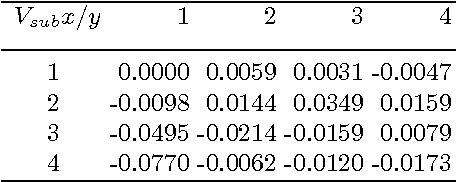
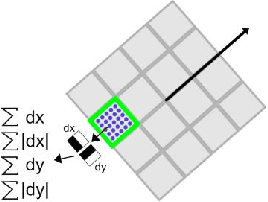
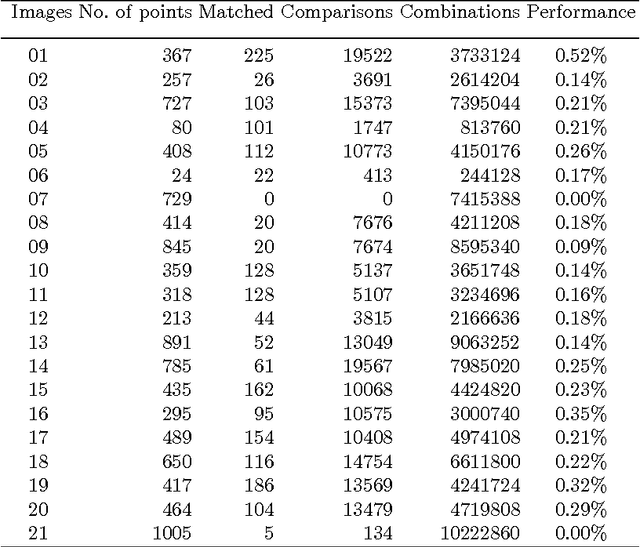
Abstract:This paper describes a method for searching for common sets of descriptors between collections of images. The presented method operates on local interest keypoints, which are generated using the SURF algorithm. The use of a dictionary of descriptors allowed achieving good performance of the content-based image retrieval. The method can be used to initially determine a set of similar pairs of keypoints between images. For this purpose, we use a certain level of tolerance between values of descriptors, as values of feature descriptors are almost never equal but similar between different images. After that, the method compares the structure of rotation and location of interest points in one image with the point structure in other images. Thus, we were able to find similar areas in images and determine the level of similarity between them, even when images contain different scenes.
 Add to Chrome
Add to Chrome Add to Firefox
Add to Firefox Add to Edge
Add to Edge